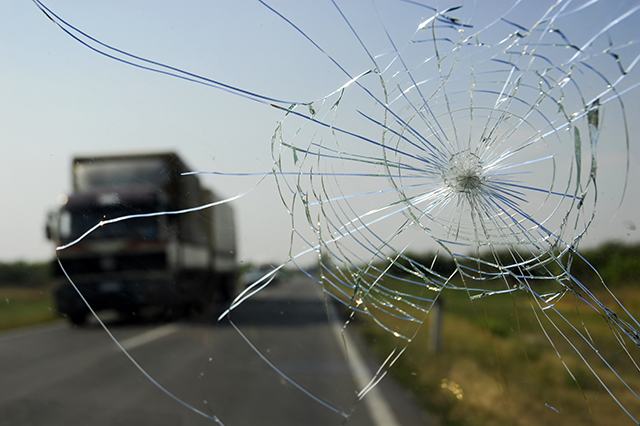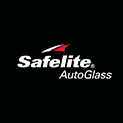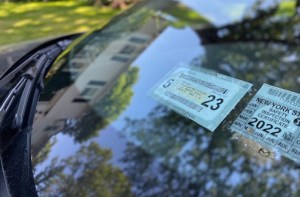When it comes to auto glass, windshields tend to get all the attention. But there are several other types of glass around the vehicle, providing protection, a clear line of sight, a refreshing breeze and, of course, sunlight.
Vehicle windows are also made with different processes and materials depending on where they are located on the car, all of which is done to ensure they are as strong and safe as possible.
Let’s take a look at all the auto glass on a car, as well as what it’s made from and how it’s produced.
Different Types of Auto Windows
The Windshield is the front window of a vehicle, and it does much more than just protect the driver and passenger from weather conditions and debris. This glass panel is integral in ensuring the proper deployment of the airbag and in maintaining the structural integrity of the vehicle. This is why it is critical to repair a broken or chipped windshield right away. It’s not just you’re line of sight that’s comprised. Modern windshields are also commonly integrated with advanced technology, such as rain sensors and head-up displays.
Side windows are glass panes located in the vehicle doors. They retract into the door panel when opened.
Vent windows are the auto glass located directly next to side glass windows. In older model cars that did not have air conditioning, these windows could be opened to keep the cabin at a comfortable temperature. Nowadays, they are used to improve the car’s aesthetic and allow side windows to roll down farther.
Quarter glass is the last window on the side of a car, behind the side window and above the rear wheel. These windows can be stationary, vented or retractable. They provide drivers with a clearer view of their surroundings.
Rear Windshields are on the back of the vehicle. They, too, help secure the car’s structure. Modern rear windshields are equipped with thermal strips that run a small current of electricity to heat the glass and keep it clean and clear.
Sunroofs are a popular feature on many vehicles. These glass panels are incorporated in the car’s roof, allowing sunlight and fresh air to enter the cabin. Sunroofs can generally be tilted open on a hinge or retracted backward above the roof or into the roof liner.
Different Types of Auto Glass
There are two types of glass used in automobile manufacturing: tempered and laminated. The latter is used to make the windshield, while the former is used to produce all the remaining windows of the vehicle.
Tempered glass undergoes chemical and thermal treatment. This helps strengthen the glass, making it much more difficult to break. The second benefit of this type of glass comes into play if it does break. When this happens, tempered glass breaks into many small pieces as opposed to large shards that could injure a passenger or driver.

Laminated glass actually consists of two glass panels, with a plastic layer in between. This plastic layer is designed to keep the windshield together even if it breaks or cracks. If you’ve ever seen a broken windshield, you’ll notice a spider web type pattern growing out from the point of impact with the rest of the windshield maintaining its general shape. When laminated glass is struck with enough force and breaks, the plastic layer works to keep the broken pieces of glass together. This helps keep the vehicle’s structure intact and prevents dangerous pieces of glass from hitting those inside the cabin.
How Are Windshields Made?
To make a windshield, two sheets of glass are pressed together. Between them is a layer of polyvinyl butryal, a plastic-like substance. Then pressure and heat are applied to bond the three components together. The windshield is then cut to size and curved in order to fit into the frame of the car. A water and airtight sealant is applied around the frame to bond the windshield into the car.
More than just windows to look out of, the glass that surrounds us in our cars is designed to keep us as safe as possible.
Get more car safety tips.
AAA members can save 10% on Safelite AutoGlass replacement or repair.
One Thought on “The Anatomy of Auto Glass”
Leave A Comment
Comments are subject to moderation and may or may not be published at the editor’s discretion. Only comments that are relevant to the article and add value to the Your AAA community will be considered. Comments may be edited for clarity and length.















Thanks for an informative article.